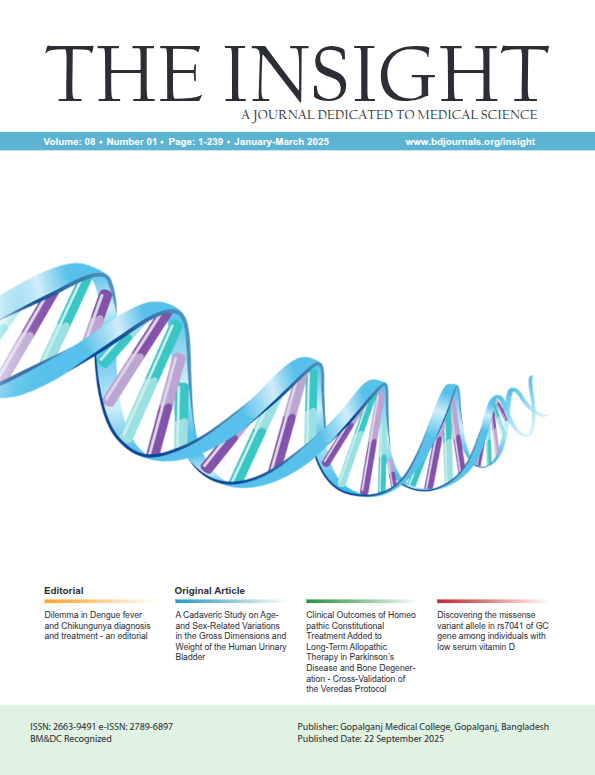Abstract
Background: Acute glomerulonephritis (AGN) is a major cause of illness in children. It is present in different ways and can lead to complications that affect long-term health. This study examines how clinical presentation, complications, and histopathology in children with acute glomerulonephritis correlate to improve risk assessment and treatment. Methods & Materials: This observational study involved 50 patients aged between 1 to 18 years who were diagnosed with AGN and admitted to a tertiary care hospital. We collected detailed clinical, biochemical, and histopathological data using structured forms. Renal biopsies were done on 18 patients. We used SPSS version 26 for statistical analysis and applied Pearson's correlation coefficient to check associations among clinical presentations, complications, and histopathological features. Results: The average age of the patients was 8.24±3.2 years, with a predominance of males (70%). Common symptoms included facial puffiness (96%), oliguria (98%), hypertension (98%), and hematuria (90%). Early complications occurred in 60% of the patients, while 40% had no complications. Hypertension and oliguria showed strong links to acute kidney injury (AKI), ICU admission, and heart failure. Histopathological findings indicated that endocapillary hypercellularity correlated strongly with clinical severity. The average hospital stay was 10.2±5.2 days, and 94% of the patients improved by the time of discharge. Conclusion: Clinical factors, especially oliguria, hypertension, and anuria, are reliable indicators of early complications and histological severity in pediatric AGN. These findings support using clinical markers for risk assessment and early intervention, which could improve patient outcomes and decrease the need for invasive diagnostic tests.

This work is licensed under a Creative Commons Attribution 4.0 International License.
Copyright (c) 2025 The Insight





 PDF
PDF